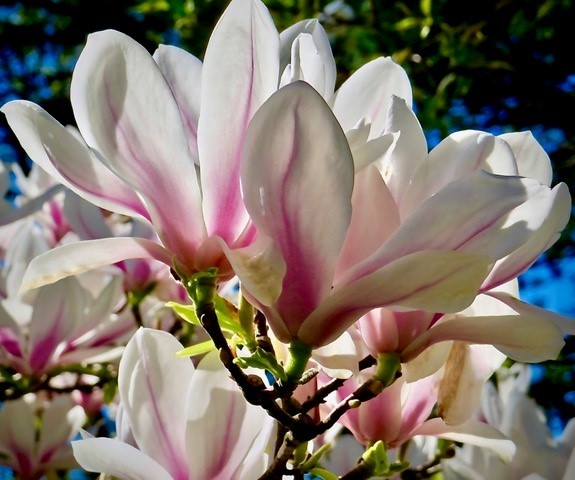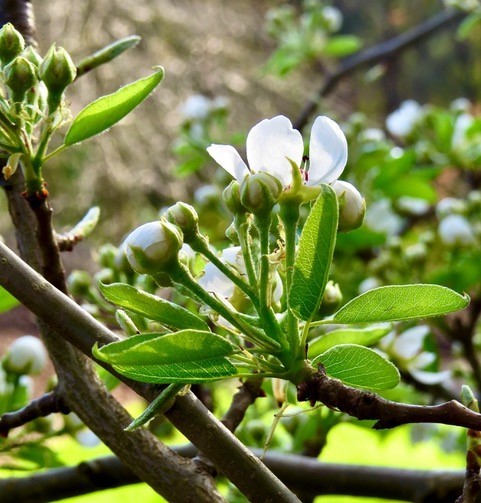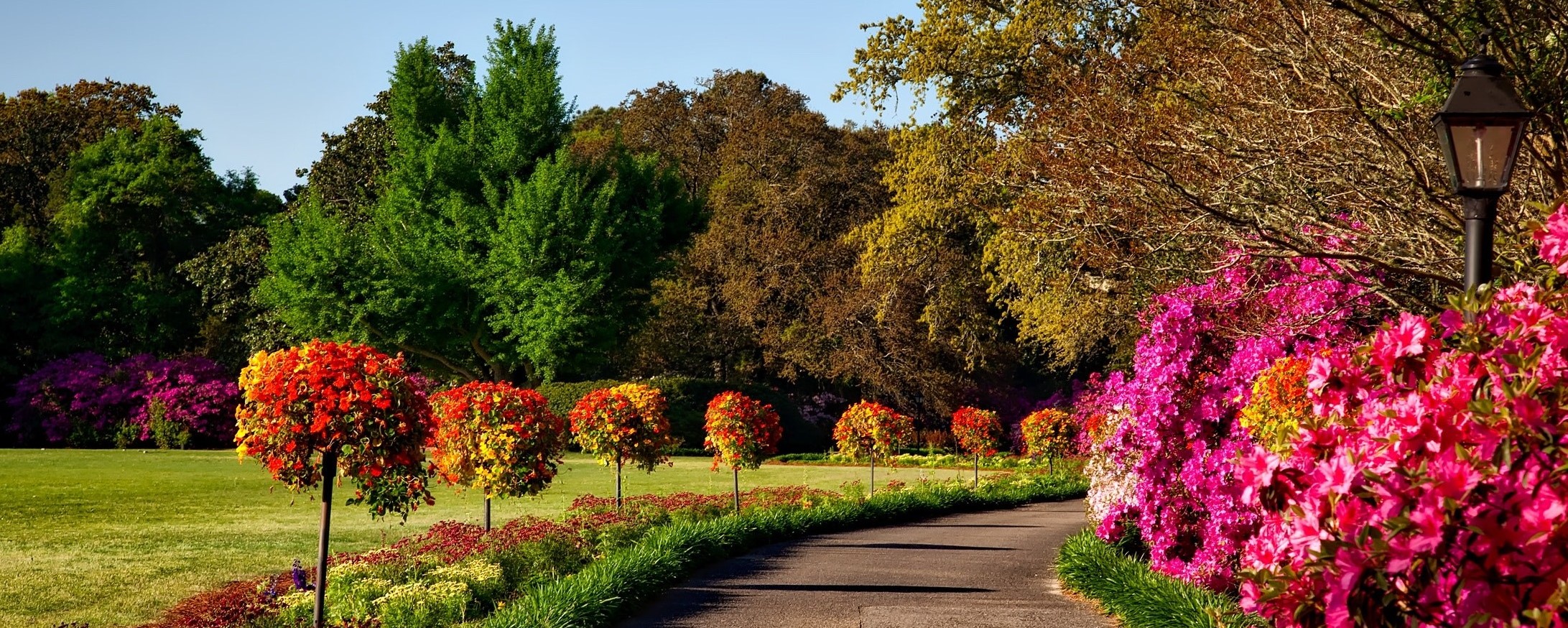September 28th, 2020Glen, About the house
I’ve made a little departure from my usual format this week to concentrate on a couple of requests for assistance whose answers, I’m sure, would apply to many of us who have moved here from totally different climates.
Hello Glen,
We moved to Trentham some four years ago and planted a few fruit trees including plum, apple, pear, cherry and quince.
Last year I lost the cherry tree, it just died on me. The blossoms of the largest of the plums turned brown and died off, but thankfully I have some blossoms this year. Now I have a problem with the two quince trees that appeared to be healthy but now this has happened to them. As you know we get severe frosts here so I thought this to be the problem but now I am worried – could it be fire blight? It would be terrible to lose them as they are positioned in a strategic spot close to the house.
Also the leaves of my three to four-year-old eucalyptus trees are covered in dark spots and what looks like a form of rust. Some are quite black with two shedding their leaves. I would be grateful for your advice.
We successfully gardened in The Dandenongs for 40 years but are finding this climate challenging.
Thank you, Sylvia.
Hi Sylvia,
Whenever a drought-breaking Spring follows years of parched soil there is always significant stress placed on young or suffering trees’ young feed roots – especially if they are growing in heavy or clay-type soil where the soil becomes waterlogged. Instead of assisting the roots to become established it can cause them to rot and die, as is the case with cherry trees which can fail in heavy soils. Luckily plums, often used as root stock for other fruiting varieties, once established have little or no problem at all, as was the case with your tree.
From your photos of your quince tree it would appear that the damage is restricted to fresh tip growth – the first target of frosts. Botrytis, or fire blight, would first appear as a brown, oozing substance on the branches, and would attack all stages of the foliage especially the fruit-bearing branches. It is an insidious bacteria that first appears at this time of year.
The only real treatment, seemingly, is to quickly remove the affected parts of the tree before it can spread, following careful sanitisation of the tools to prevent spreading the blight to the rest of the garden. Full details are rather lengthy – so I have emailed a printout to you. (Anyone else can go online and type in “fire blight”.)
As for the black spots on your eucalypts, they’re more than likely one of the common bacterial pests and are usually overcome in healthy trees. Regular sprays of an organic fungicide will help minimise their spread. Glen

Hi Glen,
I would like to ask you how to prevent pear slugs from killing my pear trees and cherry trees. At the moment there are none but as the weather gets hotter and more humid they are sure to return. Any ideas on controlling it from happening?
Many thanks, Sean, Kyneton

Hi Sean,
Cherry/pear slugs are actually the larvae of the sawfly, who lay their eggs in the soil at the base of most stone fruit trees. Their slimy appearance keeps them safe from most predators, allowing them free rein to skeletonise the leaves. Your best line of attack would be to spray your trees, particularly around the base of the trunk with one of the organic insecticides – preferably Neem oil-based. This should be done at first sighting or late October and again in February/March. As an added precaution, tie a band of Neem oil-soaked cloth around the base of each trunk to catch them on their way up. Glen
Images: First, magnolia soulangeana – the queen of Spring, second, a promise of an Autumn bounty, a pear blossom
Got a gardening question? Ask Glen. Email glenzgarden@gmail.com










